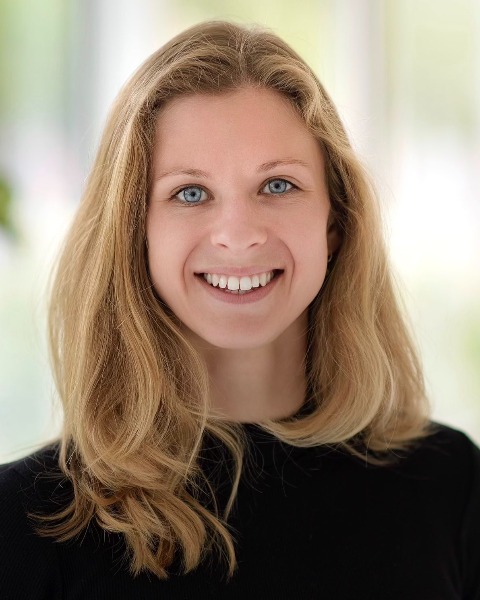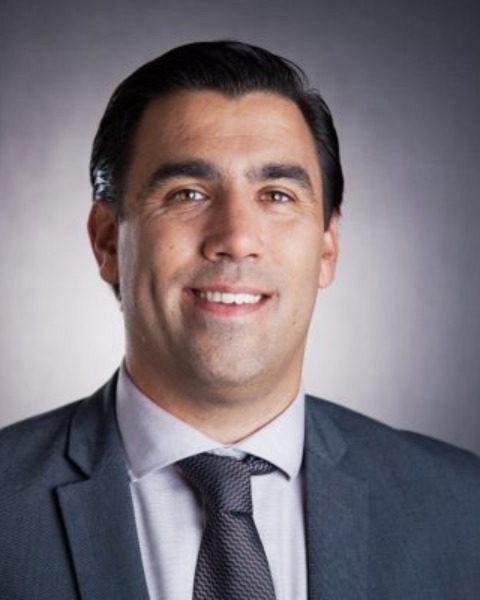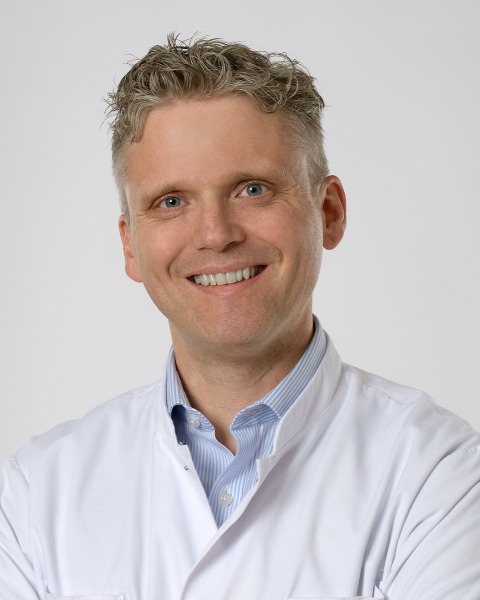Melanoma
61: Surgical considerations for tumor-infiltrating lymphocyte (TIL) therapy in melanoma: results from a randomized phase 3 trial.

Liselotte Tas, MD (she/her/hers)
MD, PhD student
Netherlands Cancer Institute, Division of Molecular Oncology and Immunology, Amsterdam, The Netherlands
Amsterdam, Netherlands
Liselotte Tas, MD (she/her/hers)
MD, PhD student
Netherlands Cancer Institute, Division of Molecular Oncology and Immunology, Amsterdam, The Netherlands
Amsterdam, Netherlands- MW
Marie B. Weitemeyer, MD
MD, PhD student
Department of Plastic Surgery, Copenhagen University Hospital – Herlev and Gentofte, Herlev, Denmark, Denmark - MR
Maartje W. Rohaan, MD
MD, PhD student
Netherlands Cancer Institute, Division of Molecular Oncology and Immunology, Amsterdam, The Netherlands, Netherlands - TB
Troels H. Borch, MD, PhD
MD
National Center for Cancer Immune Therapy, Department of Oncology, Copenhagen University Hospital – Herlev and Gentofte,Herlev, Denmark, Denmark 
Alexander C.J van Akkooi, MD, PhD (he/him/his)
Surgical Oncologist
Melanoma Institute Australia / University of Sydney, Faculty of Medicine and Health / Royal Prince Alfred Hospital, Department of Melanoma and Surgical Oncology
Sydney, New South Wales, Australia- MW
Michel W.J.M. Wouters, MD, PhD
Surgical oncologist, professor Quality of Cancer Care
Netherlands Cancer Institute, Division of Surgical Oncology, Amsterdam, The Netherlands, Netherlands - KH
Koen J. Hartemink, MD, PhD
Surgical oncologist
Netherlands Cancer Institute, Division of Surgical Oncology, Amsterdam, The Netherlands, Netherlands - YS
Yvonne Schrage, MD, PhD
Surgical Oncologist
Netherlands Cancer Institute, Division of Surgical Oncology, Amsterdam, The Netherlands, Netherlands - AK
Anke Kuijpers, MD, PhD
Surgical Oncologist
Netherlands Cancer Institute, Division of Surgical Oncology, Amsterdam, The Netherlands
Ansterdam, Noord-Holland, Netherlands - MV
Maaike Van Zon, BSc
Technician
Netherlands Cancer Institute, Biotherapeutics Unit, Amsterdam, The Netherlands, Netherlands - Ij
Inge jedema, PhD
Head translational cellular therapy
Division of Molecular Oncology and Immunology, Netherlands Cancer Institute, Netherlands - CN
Cynthia Nijenhuis, PhD
Head Biotherapeutics Unit
Netherlands Cancer Institute, Biotherapeutics Unit, Amsterdam, The Netherlands, Netherlands - BN
Bastiaan Nuijen, PhD
Founder BTU and head of production
Netherlands Cancer Institute, Division of Pharmacy and Pharmacology, Amsterdam, The Netherlands, Netherlands - SK
Sebastian Klobuch, MD
Medical oncologist
Netherlands Cancer Institute, Division of Medical Oncology, Amsterdam, The Netherlands, Netherlands - FL
Ferry Lalezari, MD
Radiologist
Netherlands Cancer Institute, Division of Radiology, Amsterdam, The Netherlands, Netherlands - MD
Marco Donia, MD, PhD
Clinician-scientist, oncologist
National Center for Cancer Immune Therapy, Department of Oncology, Copenhagen University Hospital – Herlev and Gentofte, Herlev, Denmark, Denmark - IS
Inge Marie Svane, MD, PhD
Professor in Clinical cancer immune therapy and director of the translational research centre
National Center for Cancer Immune Therapy, Department of Oncology, Copenhagen University Hospital – Herlev and Gentofte, Herlev, Denmark, Denmark - JH
John B.A.G. Haanen, MD, PhD
Professor of clinical oncology and director of center for cellular therapy, medical oncologist
Netherlands Cancer Institute, Division of Medical Oncology, Amsterdam, The Netherlands, Netherlands - LH
Lisbet R. Holmich, MD, DMSc
Clinical professor
Department of Plastic Surgery, Copenhagen University Hospital – Herlev and Gentofte, Herlev, Denmark, Denmark 
Winan J. van Houdt, MD, PhD, MS
Surgical oncologist
Netherlands Cancer Institute, Division of Surgical Oncology, Amsterdam, The Netherlands
Amsterdam, Netherlands
Winan J. van Houdt, MD, PhD, MS
Surgical oncologist
Netherlands Cancer Institute, Division of Surgical Oncology, Amsterdam, The Netherlands
Amsterdam, Netherlands
Author(s)
Submitter(s)
Author(s)
Abstract Presenter(s)
Treatment with tumor-infiltrating lymphocytes (TIL) has shown promising results for patients with metastatic melanoma in a phase 3 trial (NCT02278887) recently published by our group. The aim of the current study was to describe surgical details of tumor procurement for TIL, and assess whether surgery-related characteristics of the harvested lesions influence TIL outgrowth and clinical outcome.
Methods:
Surgical details of tumor harvest procedures for TIL therapy were collected from patients that participated in the phase 3 trial. Location of metastasis and the total number and size of resected lesions were assessed in relation to successful TIL outgrowth and response to TIL therapy. Regression analyses were used to assess statistical significance.
Results:
From all 93 operations performed during the trial, a total of 80 patients received TIL therapy with a response rate of 49%. In 10 patients a second operation was needed because of insufficient TIL outgrowth after the first operation. Three patients underwent surgery but did not receive TIL. Surgical complications were detected in 10 patients (11%), of whom 9 were categorized as Clavien Dindo 1/2 and one patient as 3a. The median duration of hospitalization post-surgery was 1 day (range 1-20) and the median operating time was 35 minutes (range 11-146). Of all resected lesions (N=93), 36 (39%) were lymph nodes, 31 (33%) subcutaneous, 20 (22%) visceral/intramuscular and 6 (6%) a combination of lesions from different sites. Neither size of the lesions nor the number of harvested lesions significantly impacted success rate of TIL outgrowth or response rate. TIL outgrowth failed in 3% (1/36) of lymph nodes, 19% (6/31) of subcutaneous metastasis, 15% (3/20) of visceral/intramuscular metastasis and 17% (1/6) of the combinations. Tumor response was evaluable in 78 treated patients with an overall response rate of 53% (18/34) for lymph nodes, 41% (9/22) for subcutaneous lesions, 53% (9/17) for visceral/intramuscular lesions and 60% (3/5) for a combination of locations. Although differences between the groups were not statistically significant, lymph nodes seemed to do particularly well with a low rate of outgrowth failure while response rate is 50% (figure 1).
Conclusions:
When choosing the optimal surgical strategy for procurement of melanoma lesions for TIL production, size of the lesion and the number of lesions do not impact the potential clinical benefit. Furthermore, lesions harvested at all anatomical locations can lead to successful TIL outgrowth and TIL treatment response.
Learning Objectives:
- Upon completion, participant has learned about the burden of tumor harvest for tumor-infiltrating lymphocyte (TIL) therapy (e.g. duration of hospitalization, complications, unsuccessful surgeries etc.)
- Upon completion, participant has learned about the chances of successful TIL outgrowth and responses based on tumor characteristics.
- Upon completion, participant has learned about the different considerations of choosing a lesion for TIL harvest which can be used during multidisciplinary decision making in clinical practice.
